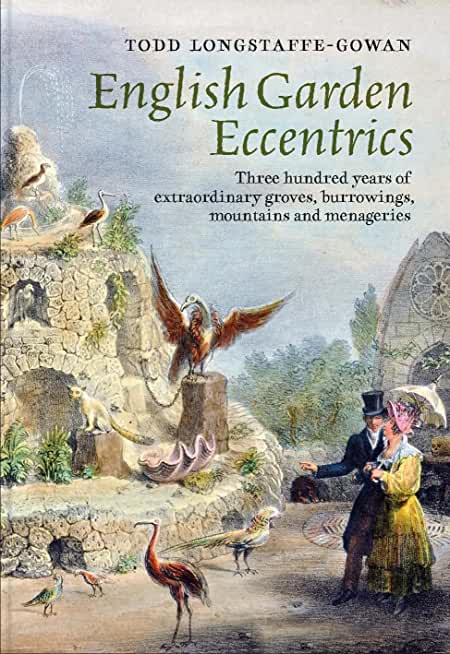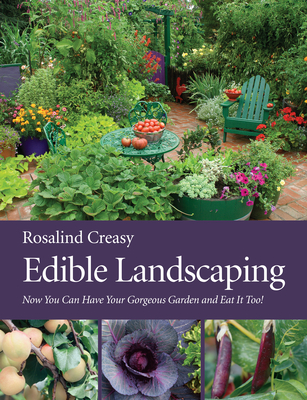
Longstaffe-Gowan, Todd
product information
description
ric English garden-makers and their extraordinary gardens In English Garden Eccentrics, renowned landscape architect and historian Todd Longstaffe-Gowan reveals a series of obscure and eccentric English garden-makers who, between the early seventeenth and early twentieth centuries, created intensely personal and idiosyncratic gardens. They include such fascinating characters as the superstitious antiquary William Stukeley and the animal- and bird-loving Lady Read, as well as the celebrated master of Vauxhall Gardens, Jonathan Tyers, who created at his home at Denbies one of the gloomiest and most perverse anti-pleasure gardens in Georgian England. Others built miniature mountains, shaped topiaries, displayed exotic animals, excavated caves, and assembled architectural fragments and fossils to realise their gardens in a way that was often thought excessive. With quirky and compelling illustrations and chapters including "Lady Broughton's 'Miniature copy of the Swiss Glaciers, '" "Topiary on a Gargantuan Scale: The Clipped 'Yew-trees' at Four Ancient London Churchyards," and "The Burrowing Duke at Harcourt House," English Garden Eccentrics brings together garden and landscape history with cultural history and biography. The book engagingly reveals what it is about the gardener and his or her creation that can be seen as eccentric and focusses on an area of garden history that has scarcely been explored: gardens seen as expressions of the singular character of their makers, and therefore functioning, in effect, as a form of autobiography. This lively and accessible book calls on gardeners today to learn from example and dare to be eccentric. Distributed for the Paul Mellon Centre for Studies in British Art
member goods
No member items were found under this heading.
Return Policy
All sales are final
Shipping
No special shipping considerations available.
Shipping fees determined at checkout.







